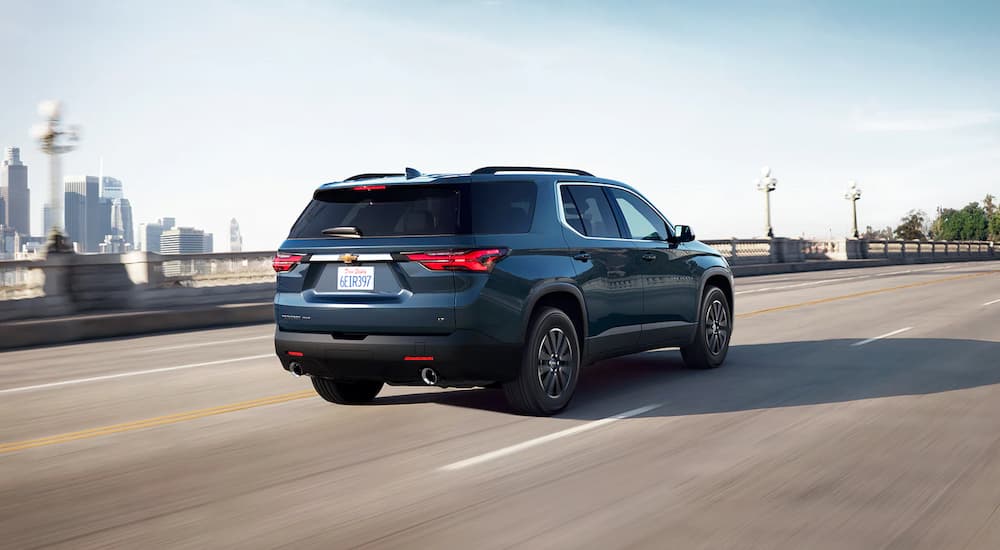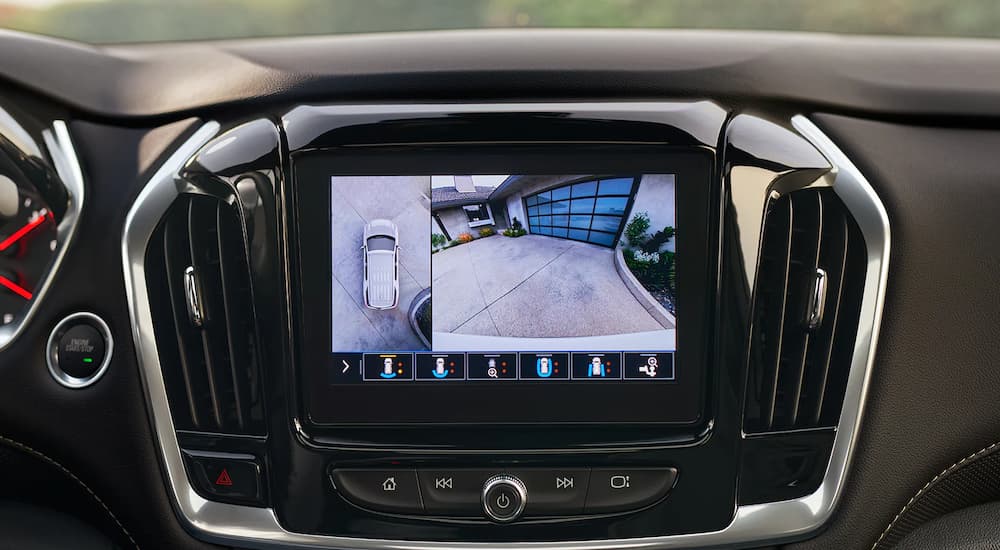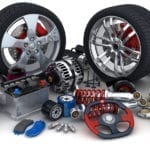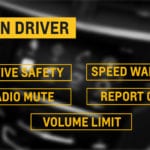If you own a 2022 Chevy Traverse or another recent model year vehicle, you’ve probably acquired some driver-assist safety technology along with some other smart vehicle features. While many drivers understand the basics of how these systems work, they may not realize that optimizing their effectiveness also requires a few changes to our driving habits.
Today’s vehicles feature some pretty amazing luxury amenities. Features like 19-speaker audio systems and plush Nappa leather seating can distract us from a vehicle’s true purpose: to get us from Point A to Point B safely. When you distill it down to a discussion about safety, that’s when vehicle architecture, advanced safety systems, and driving habits become very important factors.
What’s your driving style, and how do you optimize your new car’s safety technology? Join a growing number of drivers learning how to navigate semi-autonomous (a.k.a. driverless) vehicle technology while still practicing good old-fashioned responsible driving habits. When both are present, occupants, pedestrians, and other drivers are a whole lot safer. It’s easy to relax when you can count on an alert or a gentle steering nudge to snap you out of a daydream and get you back in your lane, but is that really what these systems are designed for?
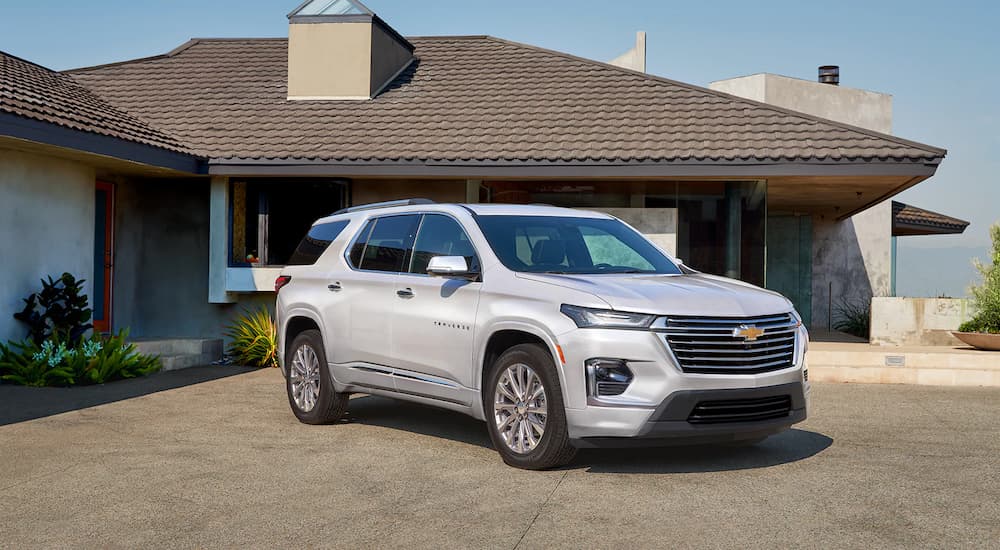
Driverless and Semi-Autonomous Technology’s Roots
Where did the first driver-assist system come from, and why was it created? It’s a great way to understand the underlying intent of these systems and why manufacturers are investing millions in perfecting them. Their roots stem from an innocuous and now omnipresent vehicle safety system: anti-lock brakes.
Originally developed in the 1950s, anti-lock braking systems were designed to prevent the skidding that can come from slamming on your brakes. Traditionally, slamming the brakes would cause the axles and wheels to “lock” and stop spinning entirely. This resulted in dangerous skidding where the driver lost all control of the vehicle’s steering.
Anti-lock brakes keep the wheels moving for potentially lifesaving steering control as you perform emergency braking. They work via sensors that detect locking and instead automatically begin a pumping action (stemming from the old adage of “pumping the brakes” to avoid skidding), sometimes as fast as hundreds of times per second, causing a smoother stop and aiding driver control.
Therein lies the keyword when it comes to driver-assist technology: sensor. Sensors are fundamental components of every semi-autonomous system, as are cameras and, as these systems evolved, even radar. Together, this triumvirate of monitoring tech converges to create a virtual smart bubble around your vehicle, constantly watching for danger or driver inattention.
Examples of Driver-Assist Technology
Some manufacturers outfit their newer entry-level models with a “starter pack” of driver-assist technologies not only to entice more buyers but also to protect them. Vehicles at the lower end of the price spectrum tend to be smaller, such as those in the popular subcompact hatchback and compact crossover categories. Adding driver-assist technology is a great supplemental safety option for smaller vehicles that may not fare as well in a crash without them.
Features you’ll typically find available on entry-level vehicles include Automatic Emergency Braking, Lane Departure Warning, and Forward Collision Alert. The systems are almost always optional and bundled into low-cost packages. For example, the 2022 Chevy Spark Hatchback offers a Driver Confidence Package with these three systems for just $295 more. Other vehicles, like the family-oriented 2022 Chevy Traverse, make a more robust suite of systems standard across the entire trim range.
The updated Traverse features Chevy Safety Assist, a six-system package that includes Automatic Emergency Braking, Front Pedestrian Braking, Lane Keep Assist with Lane Departure Warning, a Following Distance Indicator, Forward Collision Alert, and IntelliBeam automatic high beams. What do these systems have in common? A few key words – alert, automatic, warning, indicator – hint at what these systems can do for drivers.
Because the systems work via sensors, radar, and cameras, they are designed for detection. They detect potential changes in driver behavior, such as drifting out of the intended lane of traffic, and send an audible alert. Where does “assist” come in? In the case of accidental drifting, the vehicle will both sound the alert and send gentle steering nudges to the driver to encourage a correction.
As for “automatic,” perhaps the simplest example is with Chevy’s IntelliBeam headlamps. When driving at night, simply switch on the automatic feature, and the system will switch from the high beam setting to the low beam setting automatically whenever a vehicle approaches. Once the vehicle has passed, it automatically switches back to the high beam setting. It’s not only safer because you spend less time driving in the dark without remembering to switch back to high beams, but also more respectful of other drivers.
Why You Still Need To Practice Attentive and Defensive Driving
The most advanced laptop or home security system is useless without inputs. Machines can’t help us if we don’t tell them what to do, and the same holds true for vehicles and onboard driver-assist technologies. These systems are dormant, in a sense, because they’re designed to activate only when they detect a change, at which time they’ll send an alert, as well as provide assistive corrections.
The word assistive is important because they’re not ultimately responsible for safe operation – you are. When a driver-assist technology is triggered, something has changed. In some cases, it’s just an oncoming car telling your high beams to power down, but in others, the change could potentially signal trouble. The most critical system, Forward Collision Alert, is designed to alert you when a crash is imminent. The backup system, Automatic Emergency Braking, is there to assist when the crash is nearly inevitable.
Drivers can’t count on the vehicle’s passive safety features to protect them in the event of a crash. While they’re designed to avoid accidents and lessen their impact, the best protection against serious bodily harm is the driver’s level of awareness. It’s easy to react to an audible alert, but if the vehicle is constantly dinging and chiming, you’ve probably relaxed your driving to a less defensive style. Because driver-assist technology can’t replace attentive driving, it’s up to you to stay in full control. A large part of that is staying alert to changing road conditions and working on correcting bad habits like tailgating.
Highway driving tends to lull us into a trance of sorts, with its boring straightness and steady speed limits. This is exactly where drivers tend to disengage. Systems like Lane Departure Warning serve to let drivers know when the vehicle seems to be drifting out of its lane, a common occurrence on the highway. It sends an audible alert and tiny steering cues in an effort to alert the driver. Some systems are so finely tuned that the alert can sound frequently. It’s important for drivers to not grow complacent and instead understand that frequent alerts mean it’s time to focus.
Semi-Autonomous Driving Technology Will Never Replace You
The term “you’re in the driver’s seat” has evolved to mean more than just its literal definition: it means you’re in control. No matter how many supplemental safety systems and semi-autonomous features your vehicle contains, it cannot drive itself. It’s true that manufacturers are working on driverless technology, but none of it comes with a recommendation to stop paying attention.
The best way to optimize your car’s driver-assist technology is to practice two driving behaviors: first, pay attention. Don’t take your eyes off the road and never allow an onboard safety feature to make decisions for you. Second, trust that these systems are highly accurate. Don’t ignore the alerts or grow so accustomed to them that you ignore what they’re trying to tell you. Receiving constant Lane Departure Warnings means you’re either tired or not focused, and it’s probably time to pull over and rest.
Let the systems work for you, but only as they’re intended to – as assistive technology. If your hands are on the steering wheel, it’s you who is in complete control of the vehicle.
